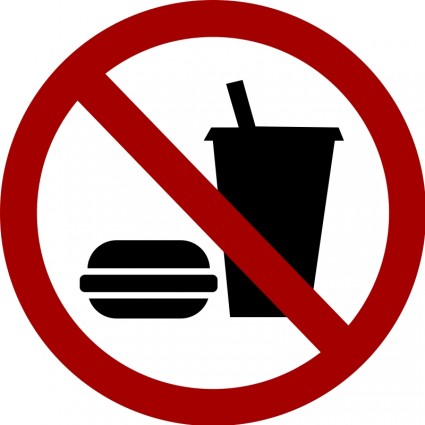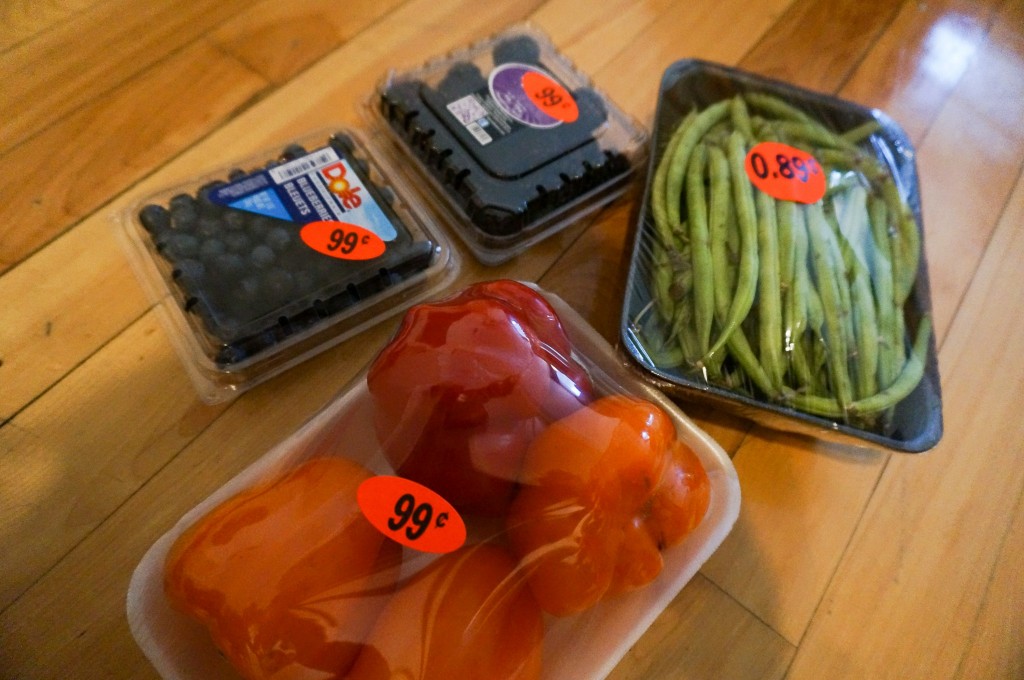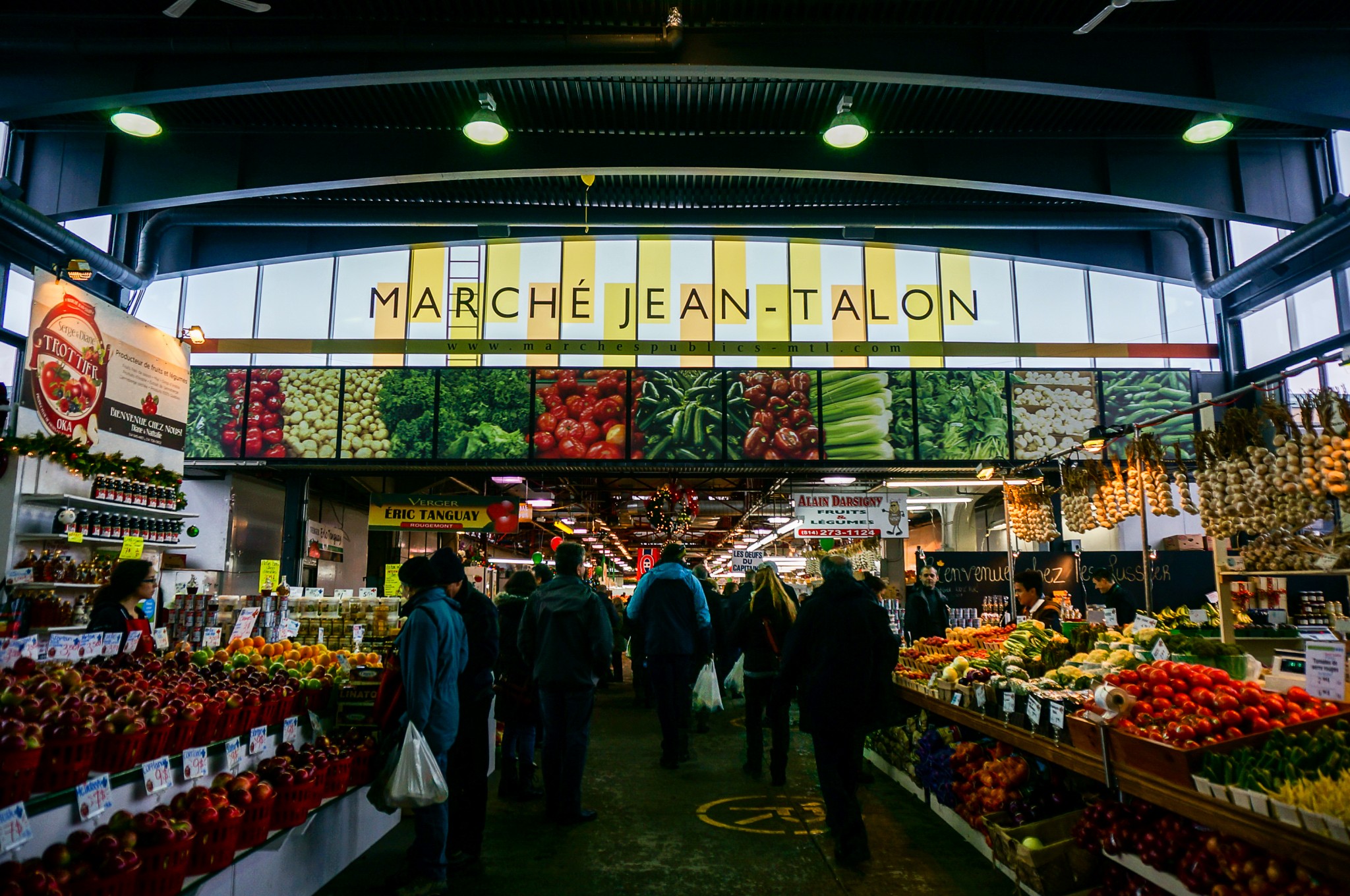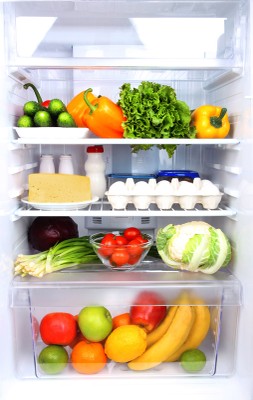These days, most people want the quick and dirty way to save on travel. The elixir to long-term sightseeing that only those “other” globetrotters know of. Because, as most people falsely assume, those people (like us) MUST have a secret trick that allows them to live that way.
In this series, I’m going to share some of our greatest travel hacks of all. They’re not the newest price flukes or discount booking sites. Yet they’re tips we’ve used to save us hundreds and thousands of dollars for travel.
That little “something” is this: thrifty living.
Those resistant to making the slightest of lifestyle changes are welcome to hop off here, but I’d encourage you to follow along in this series. Ultimately, reducing your spending is one of the easiest, fastest ways to save money. If travel is something you really want to do, then it's got to involve some thrifty living pre-departure.
So frugal foodies, get your knife and fork ready for tantalisingly tips on how to save on one of the biggest spenders of them all: food!
1. Learn to make the meals you pay for at a restaurant.

The splurge of buying ingredients you wouldn’t usually get is just about always cheaper than dining out. Even if you're not culinary inclined, try to master just one meal you'd usually pay for. The more you make it, the better & faster you'll get.
Depending on how often you dine out, cooking a meal you'd pay for out could save you anywhere from $20-$200 a month. You'll also have the added benefit of having it stretch into another meal (assuming you cook more than just one serving. I always make extras!). Plus you'll impress your friends and family with your seemingly random culinary inspiration (which, indirectly, is really just a bad case of the travel bug).
2. Plan tasty meals in advance with interchangeable ingredients.
Plan out tasty recipes in advance. Aim to buy mutual ingredients usable across multiple recipes that can be bought in one trip. This will reduce your list, speed up your shopping time, and ensure you're more likely to use up what's in your fridge.
Curries, soups, pastas, and salads all have healthy interchangeable ingredients (noodles, broths, sauces, and fresh veggies). If you find yourself continually uninspired in the kitchen, skim Pinterest or Instagram. There are also lists of great sites for finding recipes based on what's in your fridge. Find interesting meals to avoid getting a case of “I hate my cooking”, which usually results in eating out.
3. Identify your common food splurges & put them on a diet.

So you want to travel? Then be straight on where and when your food money is being spent. Is it a daily coffee that’s “just $2”? Friday night drinks with the girls (that get so sloppy you don’t recall the final amount)? Your midnight snack run, or impulsive breakfast out on a lazy Sunday?
Here’s a thrifty challenge. Every time you eat or drink, make note of what you’re buying & how often you buy it. Would it be easy to swap what you’re doing, even if occasionally, for a cheaper alternative? Most likely the answer is YES. Here's some thrifty suggestions:
- Drinks with friends: Host at home instead. The price per bottle is way less and involves no tipping. This also allows for drinking games (King's, Cards Against Humanity & Heads Up being my favs), BBQs, socialising without having to yell over music, movie-watching, karaoke (an excellent investment by the way), and more. If you do go out, suggest having drinks at a house first instead to reduce your spending.
- Meeting with friends: food and drink are a social event, there’s no denying it. At minimum, suggest cheaper alternatives to dinner or drinks, such as breakfast, lunch or coffee. Alternatively, invite people over for a dinner/BBQ or themed potluck if possible.
- Daily coffee: this is the easiest yet hardest habit as it's often put on the shelf as not worthy of dropping. That “but it’s only __ dollars” mentality is futile if you want to long-term save. Percolators often have a timer setting so your coffee can be set to auto-brew when you wake up. Alternatively, bring coffee beans and a french press or mini brew cup to work. Only boiling water required, no excuses!
4. Cut out processed, pre-made and frozen foods.

While pre-made foods may seem cheap at first glance, if you consider the alternative of making it yourself, the price per portion is often less pricey and (healthier!). Start looking for homemade alternatives to foods you may typically reach for. Need some ideas?
- Make a buttload of frozen meals in advance, potentially with friends so everyone takes home an assortment of meals. Kraft, Happy Money Saver and Cooking Light have an assortment of recipes. Once a Month Meals has great tips on what you can and can't freeze.
- Become BFF with a slow-cooker: you won’t believe the number of easy, nutritious recipes that practically cook themselves. Chop, dump, and click “on” is the 3 steps to slow cooking. All Recipes, My Fitness Pal and SkinnyTaste have great recipes.
- Learn quick, cheap but nutritious meals. My go-to quick lunch is salad whether it's bean (green ones or canned), couscous or pasta, combined with what's in my fridge. Carrots? Grate 'em. Tomatoes? Chop 'em. Spring onions, spinach, cheese, nuts? Throw it all in!
5. Use up what’s in the fridge.
People have a bad habit of throwing out food and contributing to the embarrassing 21st century epidemic of food waste. Find inventive ways to use up items on their way out and stop taking part in wasted food! Here’s some tips:
- Wilting veggies? Roast, grill or fry them – you won’t be able to detect any change in taste or consistency.
- Mouldy fruits or veggies? Cut of the bad part. Seriously, stop living like a princess. Unless the whole thing is gone, cut off the bad bits, and eat as somebody else would who is less fortunate than you.
- Stale bread? Easy. Several recipes feature stale bread including French toast, or croutons for soups and salads. If you have stale tortillas/pitas, toast them, slice with a pizza cutter, and layer with cooked veggies or cheese, or dip in hummus or soup.
- Fridge or freeze it: my frugal Mom always puts loaves of bread and baked goods in the fridge/freezer. This prolongs the “expiry” since bacteria growth slow at cool temps. Check out Once a Month Meals for what you can & can't freeze!
- Browning bananas? Peel & freeze them – they’re great for blending in smoothies. Browned bananas also add a concentrated sweetness in banana bread, muffins, and other baked goods.
- Re-invent what you've already cooked. Made too much chilli? Throw it on eggs or in a wrap for a latin-inspired meal. Too much chicken? Make a salad or a quiche. Here's a list of recipes just for re-using leftovers!
Start challenging yourself to always clear out your fridge. Remember, food waste is money waste!
6. Buy marked down foods.

My eyes are naturally drawn to grocery store's neon discount stickers, and you bet I buy reduced meats. Having spoken to several friends who worked in the meat department, they all vouch for me on that one. Expiry dates are always far ahead of when items spoil for accountability purposes. Discounted items = major savings!
What can you do with marked down foods? Cook them sooner than later whether it be on the BBQ, in stir fries, soups, grilled veggies on rice, or in tomato paste for a hearty pasta sauce. Anyone else with me on starting a pledge to reduce the stigma of marked down foods?!
7. When dining out, let price, not hunger, be your guide.
Hunger has a way of saying “I don’t give a **** how much it costs, I want it!”. Self-control is a skill gradually learned over time in the food department, but it pays off. Do not maintain the mentality that just because you’re out for dinner, it’s time to splurge. Let menu prices and your nagging travel bug steer your decision, not your tummy!
Perhaps the hardest part about thrifty living is that unless you’re tracking down each and every dollar you saved, it’s challenging to quantify your efforts. At the end of the day, you have to stay focused that saving is the simplest way to grow your travel funds, and food is arguably the simplest spender to address. An optimistic attitude that every bit counts will save you a surprising amount in the long run towards your travels.
Frugal readers, what are your favourite thrifty food tips? Foodies, I'm especially curious to learn how you curb your desire to splurge on dining out? Stay tuned for another thrifty food article with more great tips!





